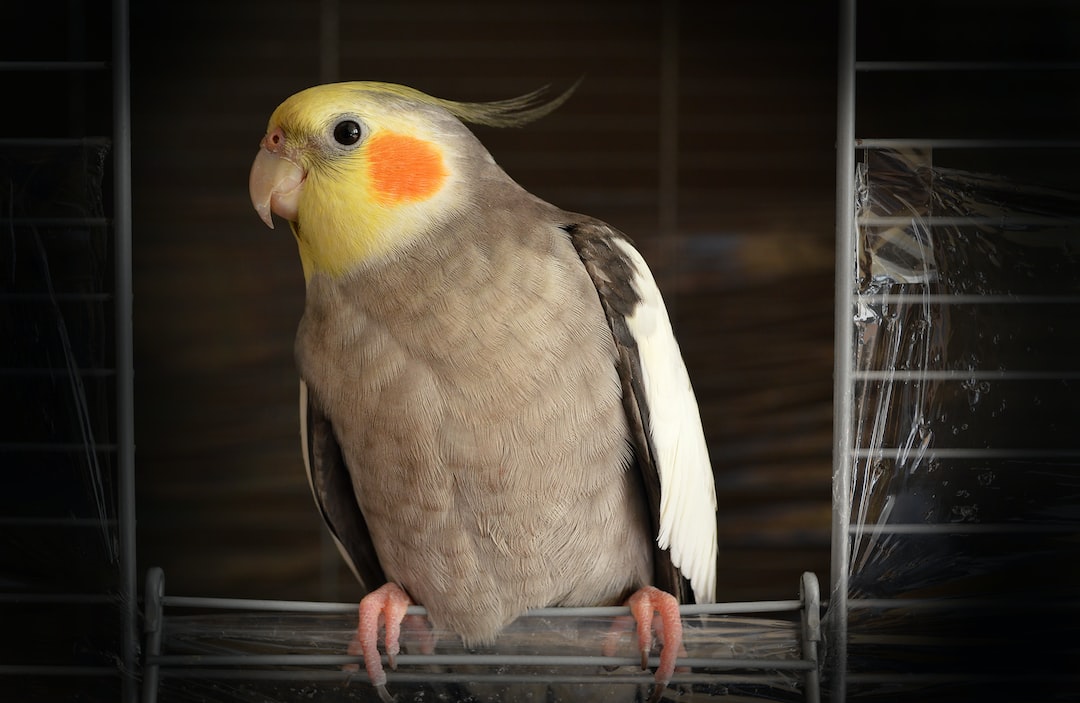Color is one of the most powerful tools in design. It can set the mood, evoke emotions, and capture attention. When it comes to creating a dynamic and unforgettable visual statement, many designers turn to bright and bold colors to make their work stand out. Bold use of color can take a design from “nice to “wow” in just a few details. But why stick to the traditional application of color when you can surprise your audience with unexpected color combinations?
Here are some tips on how to use color in unexpected ways to make your designs pop:
1. Use bold shades in unexpected places
When it comes to the use of bold, bright colors, most people tend to stick with the obvious choices, like using them in typography, logos, and backgrounds. However, incorporating these hues in unexpected places, like borders, dividers, and graphics, will add some punch and make your design more memorable.
2. Mix and match vibrant colors
Combining two or more bold colors can create a unique and engaging visual space, but only if done the right way. Whether you opt for a consistent color scheme or a more eclectic mix, be sure to choose colors that complement each other and don’t overwhelm the design. Consider using a color palette tool like Adobe Color to find the perfect hues for your design.
3. Use color to create contrast
When you want an element in your design to stand out, consider using color to create contrast. Bright and bold colors offer all the contrast you need. Using a bold, contrasting color in typography and headings will make them pop and draw attention to your content.
4. Add sub-tone hues
Sub-tone hues are the dominant colors residing under other colors in your palette. They can bring a nuanced presence to your design, adding depth and dimension. For example, combining a bold fuchsia pink with a brownish-red hue can give your design a richer and earthier feel.
5. Balance bold colors by incorporating neutral tones
Using bold and bright colors in a design can be overwhelming, which is why incorporating neutral tones is a simple way to balance them. Adding whites, grays, and beige colors to your designs will tone down the vibrancy, making them more pleasing to the eye.
Using color in unexpected ways can elevate your design, but be mindful of what the right approach is to take. Bold colors have the power to make your designs memorable and provoke emotions or set a specific tone that aligns with your design goals. Experimentation is key. So, push the limits of design and see how color can add a fresh dynamic to your work.

